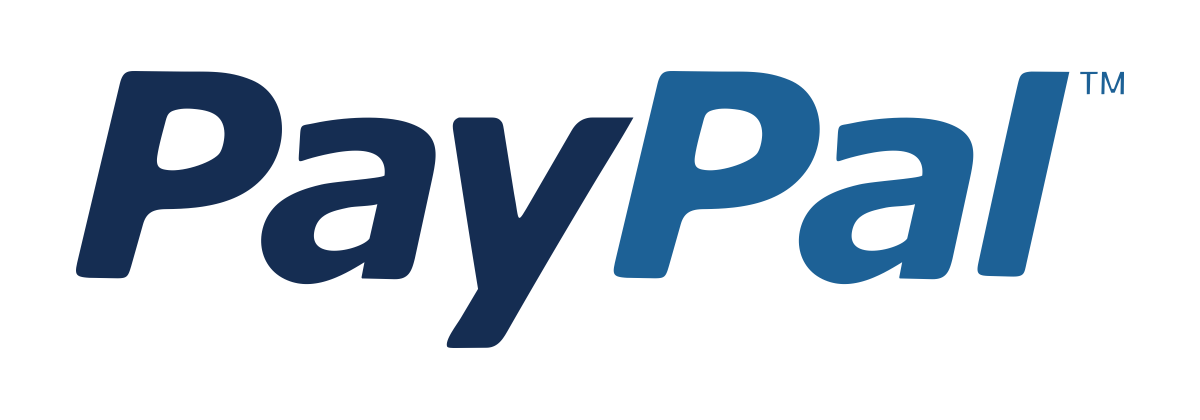New Relic
Master New Relic to monitor, troubleshoot, and optimize application performance across modern software systems.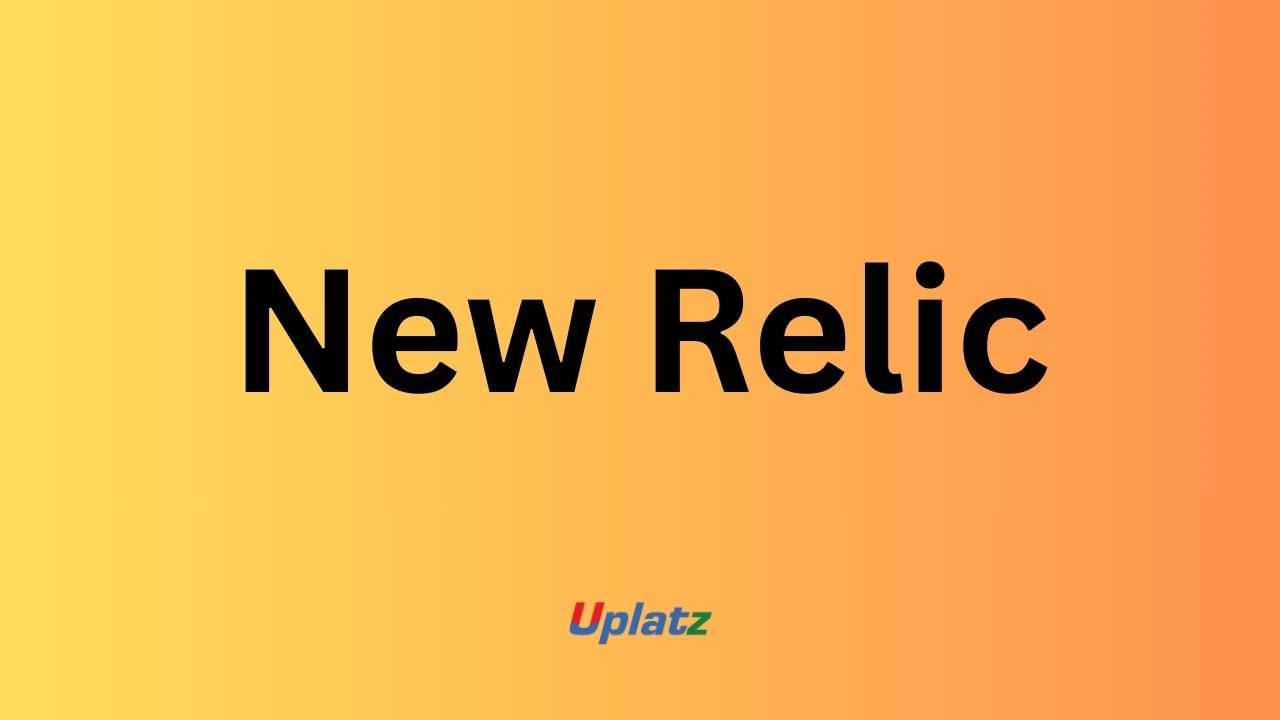 Price Match Guarantee
Full Lifetime Access
Access on any Device
Technical Support
Secure Checkout
Course Completion Certificate
Price Match Guarantee
Full Lifetime Access
Access on any Device
Technical Support
Secure Checkout
Course Completion Certificate
 97% Started a new career
BUY THIS COURSE (
97% Started a new career
BUY THIS COURSE (GBP 12 GBP 29 )-
 86% Got a pay increase and promotion
86% Got a pay increase and promotion
Students also bought -
-
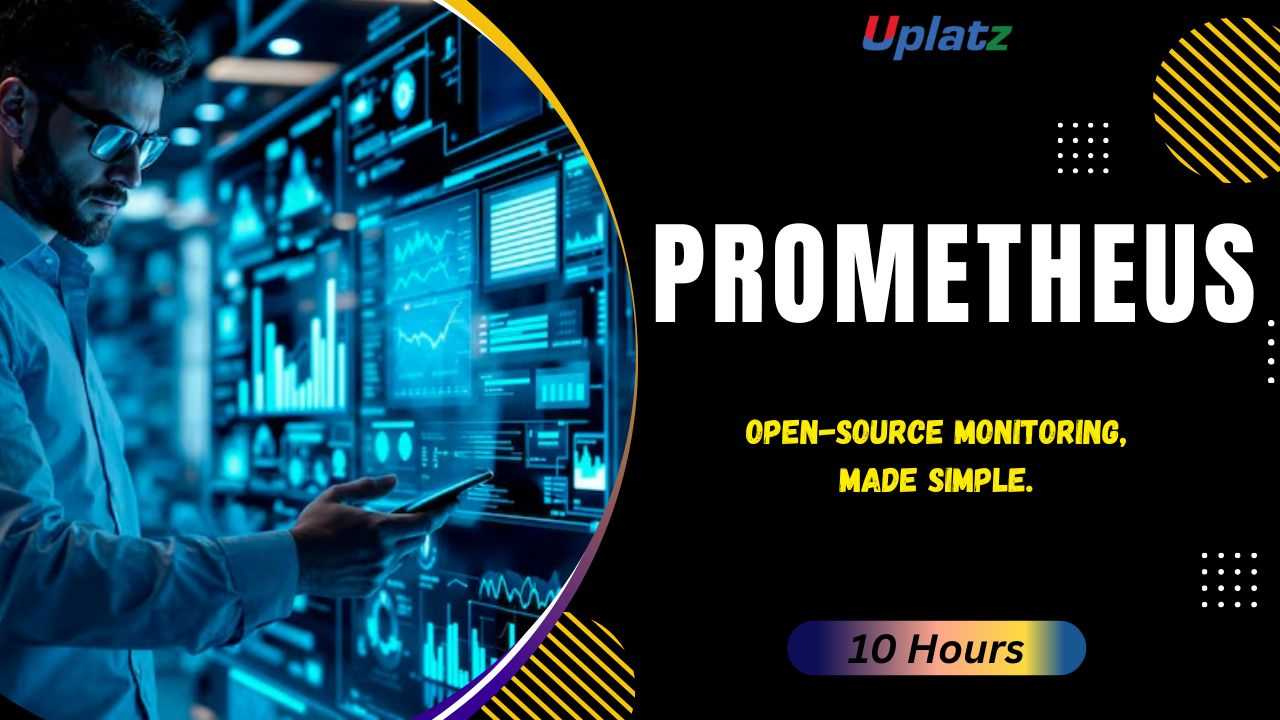
- Prometheus
- 10 Hours
- GBP 12
- 10 Learners
-
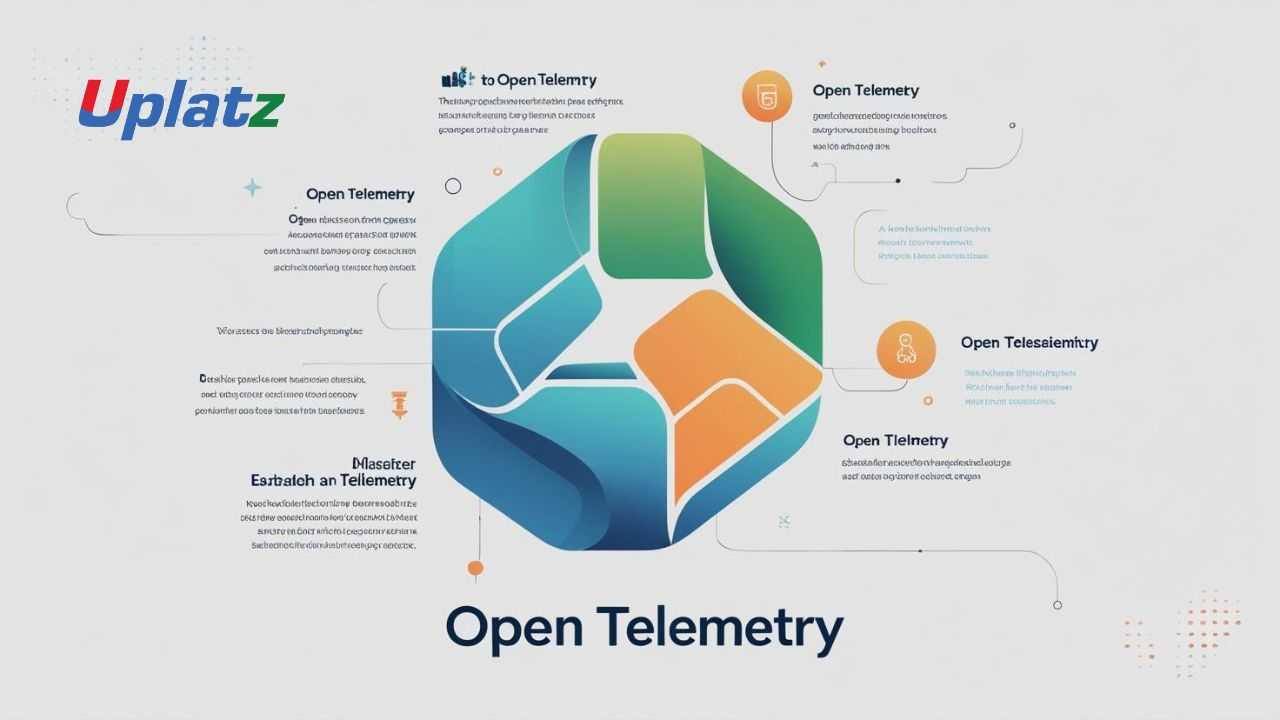
- OpenTelemetry
- 10 Hours
- GBP 12
- 10 Learners
-

- Site Reliability Engineering (SRE) with Google Stackdriver & Service Level Objectives
- 10 Hours
- GBP 12
- 10 Learners
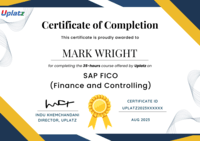
New Relic is a leading full-stack observability and Application Performance Monitoring (APM) platform that empowers developers, DevOps, and SRE teams to understand exactly how their applications and infrastructure behave in real time.
From distributed microservices to front-end user interactions, New Relic provides a single source of truth through metrics, traces, logs, dashboards, and alerts. It enables teams to proactively detect anomalies, reduce downtime, and optimize end-user experience before problems reach customers.
This Mastering New Relic Course by Uplatz offers a hands-on, project-driven pathway to mastering observability. You’ll explore New Relic’s architecture, learn to instrument applications for deep visibility, and gain confidence in building dashboards, setting alerts, and integrating monitoring across cloud environments and CI/CD pipelines.
🔍 What is New Relic?
New Relic is an all-in-one observability and performance monitoring platform that collects and visualizes telemetry data across your entire technology stack.
It captures metrics (quantitative performance data), events (state changes), logs (contextual information), and traces (end-to-end request paths) — collectively known as MELT.
Using this unified telemetry model, New Relic helps you:
-
Pinpoint bottlenecks and latency within distributed architectures.
-
Track errors and exceptions in real time.
-
Analyse database, cache, and API performance.
-
Monitor browser and mobile experiences.
-
Correlate incidents across services for faster resolution.
Whether you’re running monolithic apps, containerized microservices, or hybrid cloud workloads, New Relic gives you full visibility from code to customer.
⚙️ How New Relic Works
At its core, New Relic operates on agents, APIs, and telemetry pipelines that collect data from every layer of your system.
-
Instrumentation – lightweight agents or SDKs are installed on servers, containers, or application codebases.
-
Data Collection – agents send metrics (CPU, memory, response time, throughput) to the New Relic Telemetry Data Platform.
-
Distributed Tracing – traces follow user requests through each service and transaction, identifying latency or failure points.
-
Visualization & Alerting – data is transformed into customizable dashboards and alert policies that notify teams via Slack, PagerDuty, or email.
-
AI-Powered Insights – anomaly detection and root-cause analysis help teams diagnose complex performance issues automatically.
New Relic integrates seamlessly with popular programming languages (Java, Node.js, Python, .NET, Go), cloud services (AWS, Azure, GCP), container orchestration tools (Kubernetes, Docker), and CI/CD systems (Jenkins, GitHub Actions).
🏭 How New Relic is Used in the Industry
Modern enterprises rely on observability platforms like New Relic to ensure application reliability, uptime, and customer satisfaction.
It is widely used across industries — from fintech and e-commerce to media, SaaS, and gaming — to achieve:
-
Real-time Monitoring: Visibility into APIs, microservices, and distributed systems.
-
Proactive Issue Detection: Early alerts before outages affect users.
-
Performance Optimization: Identifying slow transactions or inefficient database queries.
-
Cloud Migration Validation: Tracking system health during cloud transitions.
-
Business Analytics: Linking technical KPIs (latency, error rates) with business outcomes (conversion, retention).
Leading organizations such as Adobe, IBM, Atlassian, Delivery Hero, and Expedia use New Relic to maintain service-level objectives (SLOs) and meet demanding performance benchmarks in production environments.
🌟 Benefits of Learning New Relic
By mastering New Relic, you gain one of the most valuable skills in modern software operations — observability engineering.
Key benefits include:
-
Full-Stack Visibility: Monitor everything from frontend UX to backend infrastructure.
-
Faster Troubleshooting: Reduce mean-time-to-resolution (MTTR) through distributed tracing and AI-driven root-cause insights.
-
Scalable Monitoring: Easily handle complex architectures across multiple clouds.
-
Career Advancement: Observability expertise is highly sought after for DevOps, SRE, and Cloud Ops roles.
-
Improved Collaboration: Shared dashboards and alert policies align development and operations teams.
-
Data-Driven Decisions: Transform performance metrics into actionable insights for continuous improvement.
In an era where uptime = revenue, New Relic proficiency makes you indispensable to any technology organization.
📘 What You’ll Learn in This Course
Through practical labs and guided lessons, you will learn to:
-
Understand New Relic’s architecture and ecosystem.
-
Instrument web and backend applications for APM metrics.
-
Set up distributed tracing to visualize request paths across microservices.
-
Monitor infrastructure, Kubernetes clusters, and logs.
-
Configure synthetic monitoring for user experience testing.
-
Build custom dashboards, KPIs, and service maps.
-
Create alerts and notification policies for anomalies.
-
Integrate with CI/CD pipelines, AWS CloudWatch, and Azure Monitor.
-
Apply best practices for monitoring at scale and governance.
Each module combines theory with hands-on configuration, ensuring you gain both conceptual clarity and technical fluency.
🧠 How to Use This Course Effectively
-
Start with Setup and Instrumentation – install agents and connect your sample apps.
-
Monitor Sample Applications – track key metrics like response time and error rate.
-
Explore Distributed Tracing – follow user transactions end-to-end.
-
Create Dashboards – visualize application health and SLAs.
-
Integrate Automation – connect New Relic with Jenkins or GitHub Actions.
-
Scale Up – monitor multiple environments and enforce governance policies.
-
Review and Iterate – analyze reports, tune alerts, and optimize your observability strategy.
👩💻 Who Should Take This Course
-
Developers seeking to monitor and optimize production applications.
-
DevOps Engineers managing cloud-native and containerized workloads.
-
Site Reliability Engineers (SREs) maintaining uptime and SLAs.
-
IT Operations Teams handling performance, logging, and incident response.
-
Students & Tech Professionals learning APM, telemetry, and observability tools.
-
Startups & Enterprises adopting full-stack monitoring solutions to ensure resilience.
No prior experience with observability tools is required — the course guides you from fundamentals to advanced monitoring practices.
🧩 Course Format and Certification
This program is self-paced and fully hands-on, providing:
-
HD video tutorials with real-time configurations
-
Downloadable lab exercises and scripts
-
Guided dashboards and alert-building sessions
-
Practical projects simulating real DevOps environments
-
Checkpoints and quizzes for progress assessment
Upon completion, you’ll earn a Course Completion Certificate from Uplatz, validating your ability to implement, configure, and manage New Relic in enterprise contexts.
🚀 Why This Course Stands Out
-
Industry Focused: Designed around real monitoring use cases and CI/CD integration.
-
Practical Learning: Build dashboards, instrument services, and deploy agents yourself.
-
Comprehensive Coverage: APM, infrastructure, browser, logs, and synthetics.
-
Cloud-Ready: Includes integrations with AWS, Azure, GCP, and Kubernetes.
-
Career Enhancing: Positions you for roles in DevOps, SRE, and Performance Engineering.
You’ll graduate with complete confidence in managing full-stack observability — from code-level tracing to organization-wide monitoring strategies.
🌐 Final Takeaway
Modern software runs on complex distributed systems — and without observability, even minor issues can cascade into major incidents.
New Relic bridges this gap by providing unified insight into every layer of your tech stack.
The Mastering New Relic Course by Uplatz gives you the knowledge and hands-on experience to instrument applications, analyse telemetry data, and ensure reliability at scale.
By the end of this course, you’ll be able to monitor performance end-to-end, optimize user experience, and maintain system health across any environment — cloud, on-premises, or hybrid.
Start learning today and become the observability expert every engineering team needs.
By completing this course, learners will:
-
Install and configure New Relic agents.
-
Collect APM metrics for apps and services.
-
Use distributed tracing to analyze performance bottlenecks.
-
Monitor infrastructure, containers, and Kubernetes.
-
Build dashboards and configure alert policies.
-
Integrate observability with DevOps workflows.
Course Syllabus
Module 1: Introduction to New Relic
-
What is New Relic?
-
Observability vs monitoring
-
New Relic One platform overview
Module 2: Setup & Instrumentation
-
Installing New Relic agents (Java, Node.js, Python, .NET, Go)
-
Instrumenting web and microservices apps
-
Collecting APM data
-
Basic troubleshooting
Module 3: Application Performance Monitoring (APM)
-
Transactions and throughput
-
Error tracking and analysis
-
Service maps and dependencies
-
Performance tuning
Module 4: Distributed Tracing
-
What is distributed tracing?
-
Configuring tracing across microservices
-
Root cause analysis with traces
-
Analyzing latency and bottlenecks
Module 5: Infrastructure & Logs
-
Monitoring infrastructure and servers
-
Container and Kubernetes monitoring
-
Log collection and analysis
-
Cloud platform integrations (AWS, Azure, GCP)
Module 6: Dashboards & Alerts
-
Creating custom dashboards
-
Querying data with NRQL (New Relic Query Language)
-
Configuring alerts and notifications
-
Incident response workflows
Module 7: Browser & Mobile Monitoring
-
Monitoring frontend performance
-
Real User Monitoring (RUM)
-
Mobile APM with New Relic SDKs
-
Tracking user sessions
Module 8: Integrations & Ecosystem
-
CI/CD pipeline integration
-
Slack, PagerDuty, and Jira integrations
-
OpenTelemetry support
-
Security and compliance features
Module 9: Real-World Projects
-
Monitoring a microservices-based e-commerce app
-
Building an SRE dashboard with custom KPIs
-
Debugging Kubernetes workloads with New Relic
-
End-to-end observability in CI/CD
Module 10: Best Practices & Future Trends
-
Scaling observability in enterprises
-
Governance and access control
-
Observability-driven development (ODD)
-
The future of APM and AI-powered insights
Learners will receive a Certificate of Completion from Uplatz, validating their expertise in New Relic and observability practices. This certification demonstrates readiness for roles in software engineering, DevOps, and site reliability.
New Relic skills prepare learners for roles such as:
-
Application Performance Engineer
-
DevOps Engineer
-
Site Reliability Engineer (SRE)
-
Cloud Engineer
-
Observability Specialist
New Relic is being widely adopted across enterprises, SaaS companies, and cloud-native organizations to ensure reliability and performance, making it a strong career skill.
1. What is New Relic?
A full-stack observability and APM platform for monitoring applications, infrastructure, and user experience.
2. How does New Relic differ from traditional monitoring tools?
It provides end-to-end observability with distributed tracing, logs, metrics, and dashboards, not just server monitoring.
3. What is NRQL?
New Relic Query Language, used to query telemetry data for custom dashboards and alerts.
4. How does distributed tracing help?
It tracks requests across microservices, helping identify performance bottlenecks and root causes.
5. What can you monitor with New Relic?
Applications, infrastructure, logs, containers, Kubernetes clusters, browser sessions, and mobile apps.
6. Can New Relic integrate with CI/CD pipelines?
Yes, it integrates with GitHub Actions, Jenkins, GitLab, and other CI/CD tools for automated observability.
7. What are the benefits of New Relic?
-
Real-time monitoring
-
End-to-end observability
-
Wide integrations
-
Powerful alerting and dashboards
8. What are challenges with New Relic?
-
Licensing costs for large-scale deployments
-
Learning curve for NRQL and advanced features
-
Data volume management
9. How does New Relic support Kubernetes monitoring?
Through New Relic Kubernetes integration, collecting pod, node, and cluster-level metrics with dashboards.
10. Where is New Relic being adopted?
By enterprises, SaaS companies, and cloud-native teams to monitor apps, microservices, and infrastructure at scale.







